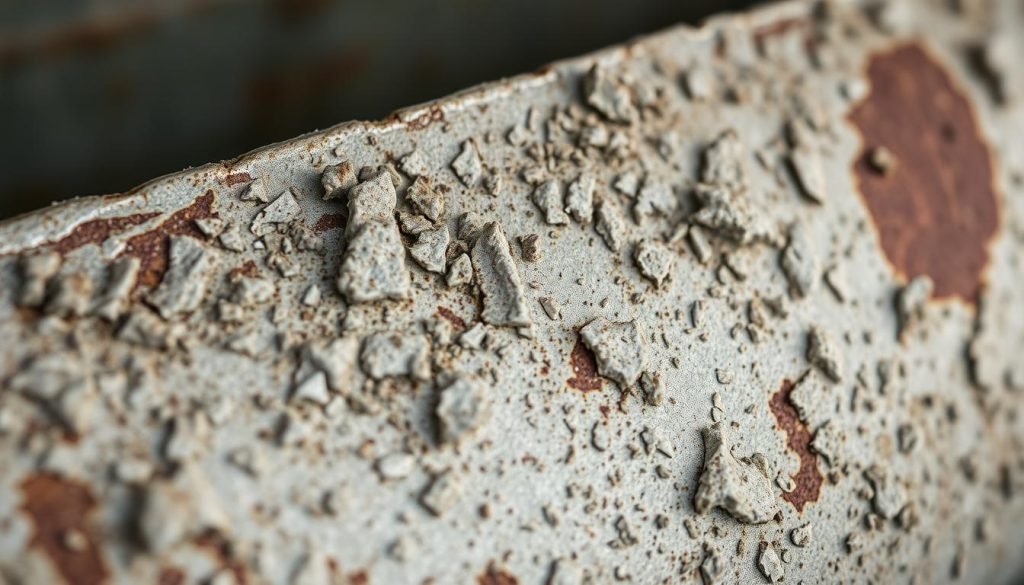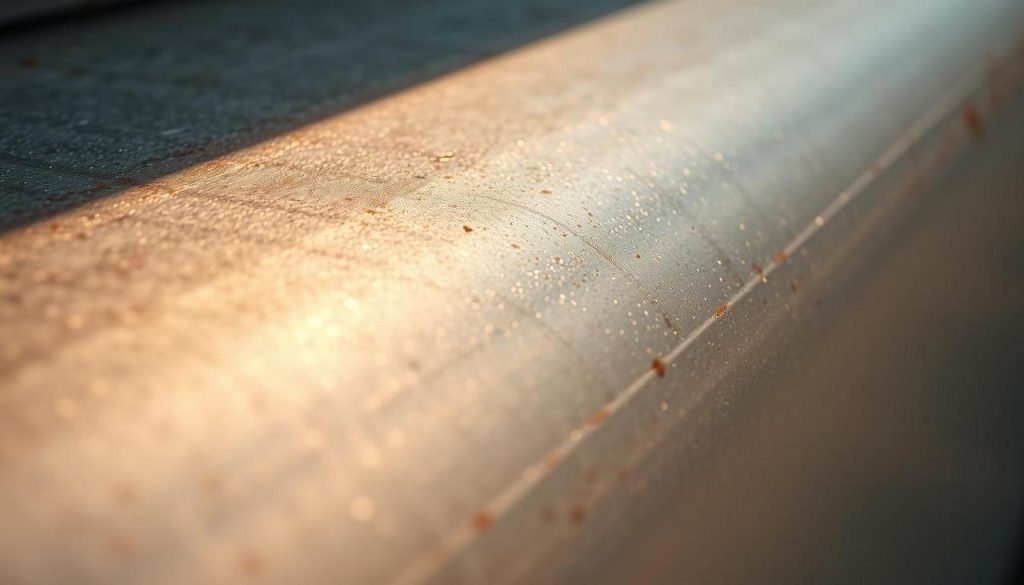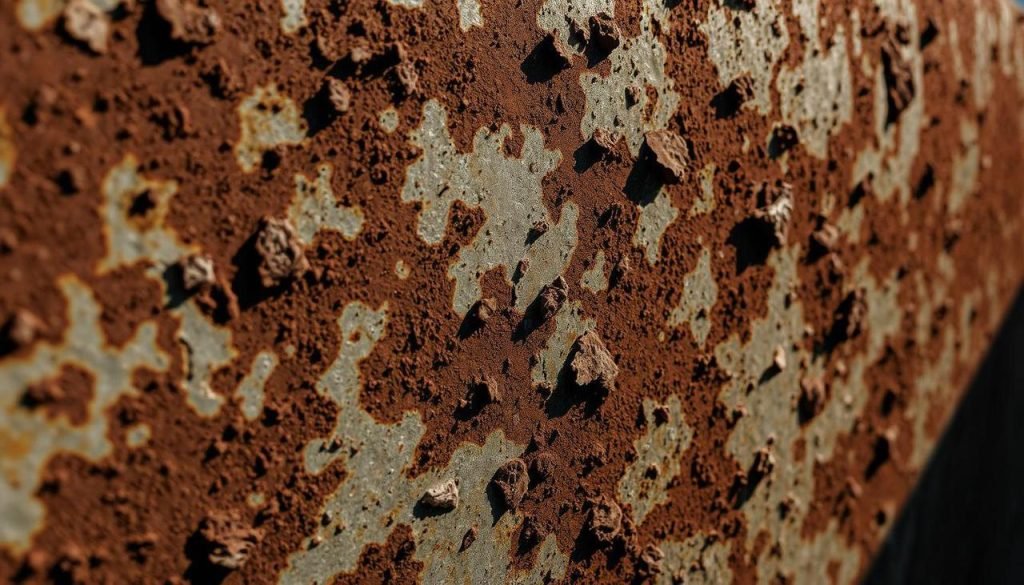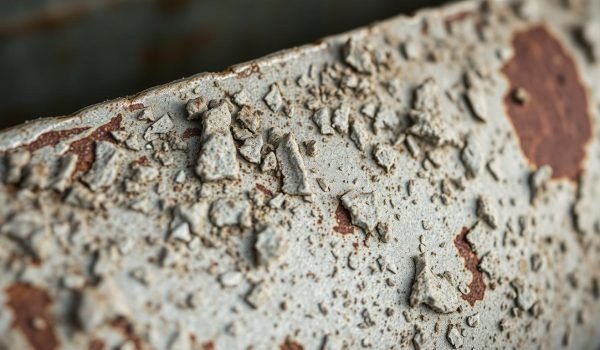Have you ever wondered if galvanized steel is truly rust-proof? Many of us assume that the zinc coating on galvanized steel makes it completely resistant to corrosion. But is that really the case?

Galvanization is a process that applies a protective zinc coating to steel, significantly extending its lifespan by shielding it from corrosive elements. While this coating provides robust protection against rust and corrosion, it’s not entirely foolproof.
The truth is, galvanized steel can still corrode under certain conditions. Understanding how galvanization works and what factors can accelerate corrosion is crucial for maximizing the lifespan of galvanized products.
What Is Galvanized Steel and How Is It Made?
The process of creating galvanized steel involves several steps that enhance its durability and resistance to environmental factors. Galvanized steel is essentially steel that has been coated with a protective layer of zinc to prevent corrosion and extend its useful life.
The Galvanization Process Explained
The galvanization process includes several key steps: surface preparation, pickling, fluxing, galvanizing, alloy formation, withdrawal, and quenching. Surface preparation involves cleaning the metal to remove impurities. Pickling immerses the steel in acid to remove oxides and scale, while fluxing dips it in a zinc ammonium chloride solution. The steel is then submerged in a 450°C molten zinc bath, where iron reacts with zinc to form corrosion-resistant zinc-iron alloys.
Types of Galvanization: Class 1 vs. Class 3
There are different standards for galvanization, notably Class 1 and Class 3. Class 1 galvanization features 0.28 ounces of zinc per square foot and typically lasts 2-11 years. In contrast, Class 3 galvanization has 0.80 ounces per square foot, nearly three times more zinc, and lasts 13-30 years on average. The thicker zinc coating in Class 3 galvanization provides significantly better protection against corrosion.
How Galvanizing Prevents Rust
Galvanizing steel is a highly effective method for preventing rust, and understanding how it works can help you make informed decisions about using galvanized steel in various applications. The galvanization process involves coating steel with a layer of zinc, which acts as a protective barrier against corrosive elements.
The Science Behind Zinc Protection
When steel is galvanized, the zinc coating initially forms a layer of zinc oxide on its surface. As the galvanized steel is exposed to moisture, the zinc oxide transforms into zinc carbonate, creating a dull gray patina. This patina is insoluble in water and significantly slows down the corrosion process by preventing oxygen and moisture from reaching the steel beneath.

Cathodic Protection and Barrier Formation
The zinc coating on galvanized steel provides dual protection against corrosion. Firstly, it acts as a barrier, preventing corrosive substances from coming into contact with the steel. Secondly, zinc offers cathodic protection by being more reactive than iron; it corrodes first, sacrificing itself to protect the underlying steel even when the coating is scratched or damaged. This dual protection mechanism makes galvanized coatings highly effective compared to other corrosion prevention methods.
Does Galvanized Steel Rust? The Truth About Durability
Galvanized steel is renowned for its durability, but the question remains: does it eventually rust? The answer is yes, galvanized steel does rust, but the process is significantly slower than with untreated steel.

Factors That Accelerate Corrosion in Galvanized Steel
Several environmental factors can accelerate the corrosion of galvanized steel. High humidity, particularly above 60% relative humidity, can cause the zinc carbonate layer to break down slowly. Exposure to sodium chloride (salt) in water or air, frequent wetting, sulfur dioxide pollution, and exposure to hydrogen sulfide can also accelerate corrosion. Additionally, strong alkalis, acid rainwater runoff, and the presence of moss or lichen, which hold moisture, can contribute to the degradation of the zinc coating.
Expected Lifespan of Galvanized Steel
In the United States, galvanizing provides roughly 30-40 years of corrosion resistance, depending on the environment. The lifespan of galvanized steel varies significantly with environmental conditions. In benign rural settings, galvanized steel can last longer, while in aggressive coastal or industrial areas, the lifespan is shorter. Once the protective zinc layer is depleted, corrosion accelerates rapidly, and what looked perfect for decades can deteriorate to solid rust in less than 10 years.
Protecting Your Galvanized Steel From Premature Rusting
To maximize the lifespan of your galvanized steel, it’s crucial to understand how to protect it from premature rusting. This involves a combination of proper maintenance and being mindful of the environmental conditions it’s exposed to.
Start by inspecting your galvanized steel regularly for any damage to the zinc coating. If you find any rust or damage, repair it promptly by cleaning the area with vinegar and a wire brush, then applying a zinc-rich paint or coating.
It’s also important to keep your galvanized steel out of corrosive environments when possible. Avoid direct contact with other metals like copper and brass, as this can lead to galvanic corrosion. Regular cleaning with non-abrasive materials will help maintain the protective zinc patina.
By following these maintenance tips and being proactive about protecting your galvanized steel, you can significantly extend its lifespan and ensure it remains in good condition for years to come.
FAQ
What is the typical cost of galvanizing per square foot?
The cost of galvanizing can vary depending on the size and complexity of the structure, but on average, it can range from $0.50 to $2.50 per square foot.
What happens to the zinc coating over time?
As the zinc coating reacts with oxygen and moisture, it forms a layer of zinc oxide and zinc carbonate, which provides additional protection against corrosion.
Can galvanized steel be used in acidic environments?
Galvanized steel can be used in some acidic environments, but its performance may be compromised in highly acidic conditions, and additional coatings or protection may be necessary.
How does humidity affect the corrosion resistance of galvanized steel?
High humidity can accelerate corrosion, but the zinc coating on galvanized steel provides a level of protection against moisture, helping to maintain its corrosion resistance.
Can you paint over galvanized steel?
Yes, you can paint over galvanized steel, but it’s essential to ensure the surface is properly prepared, and a suitable primer is used to ensure a strong bond between the paint and the zinc coating.




